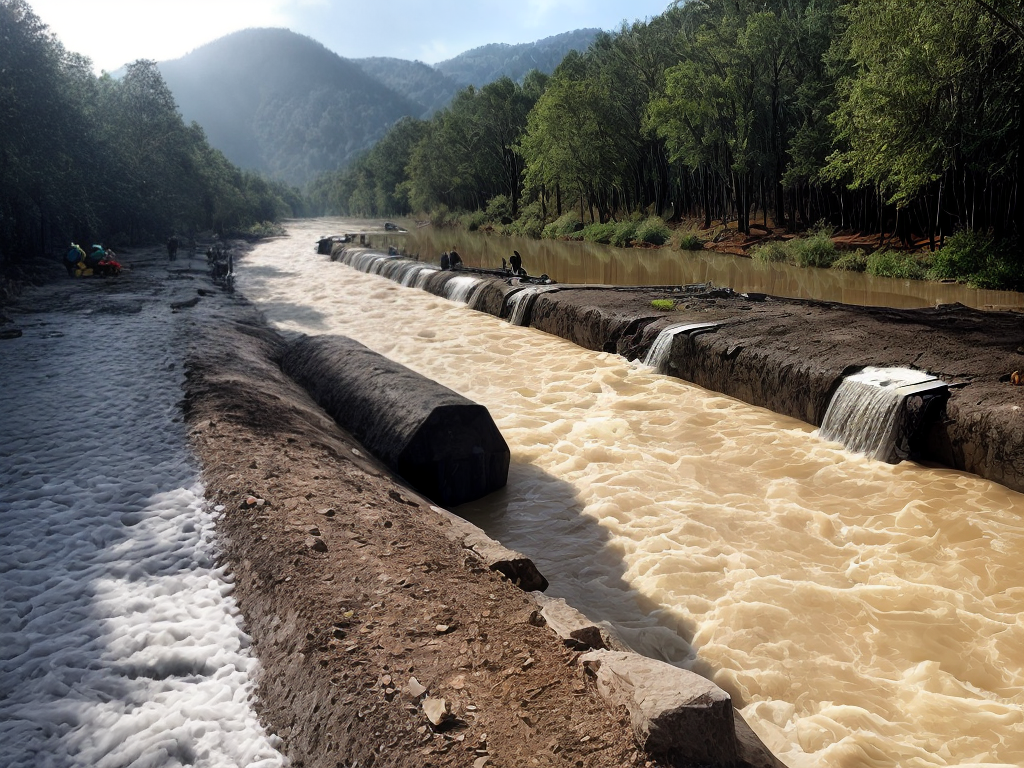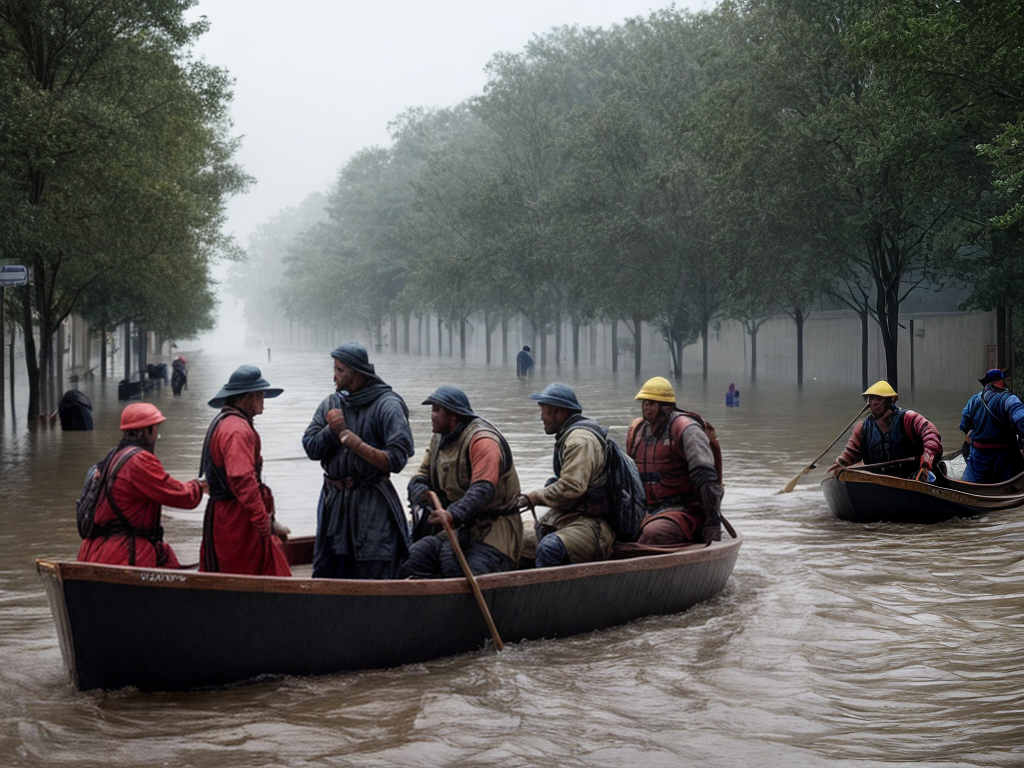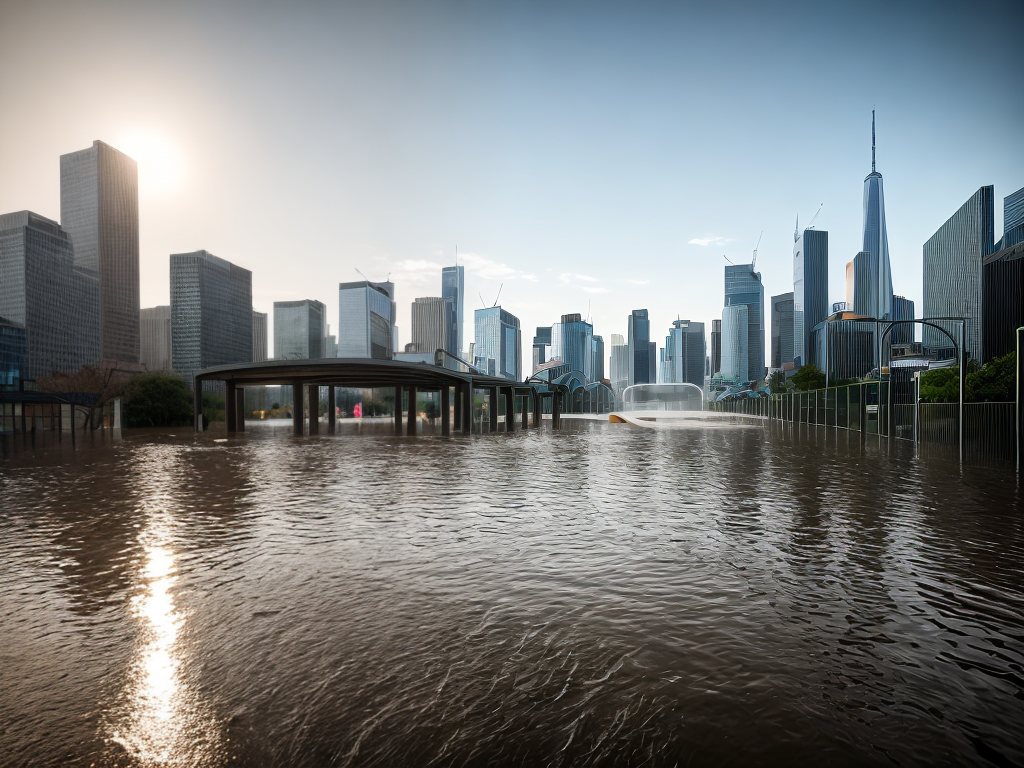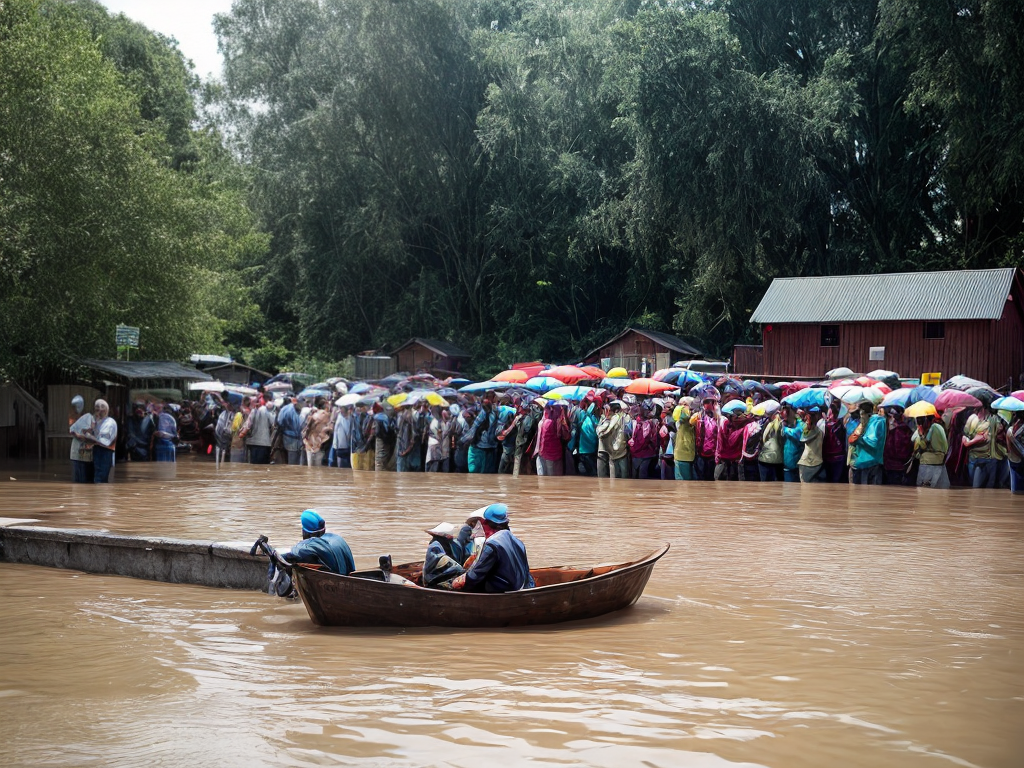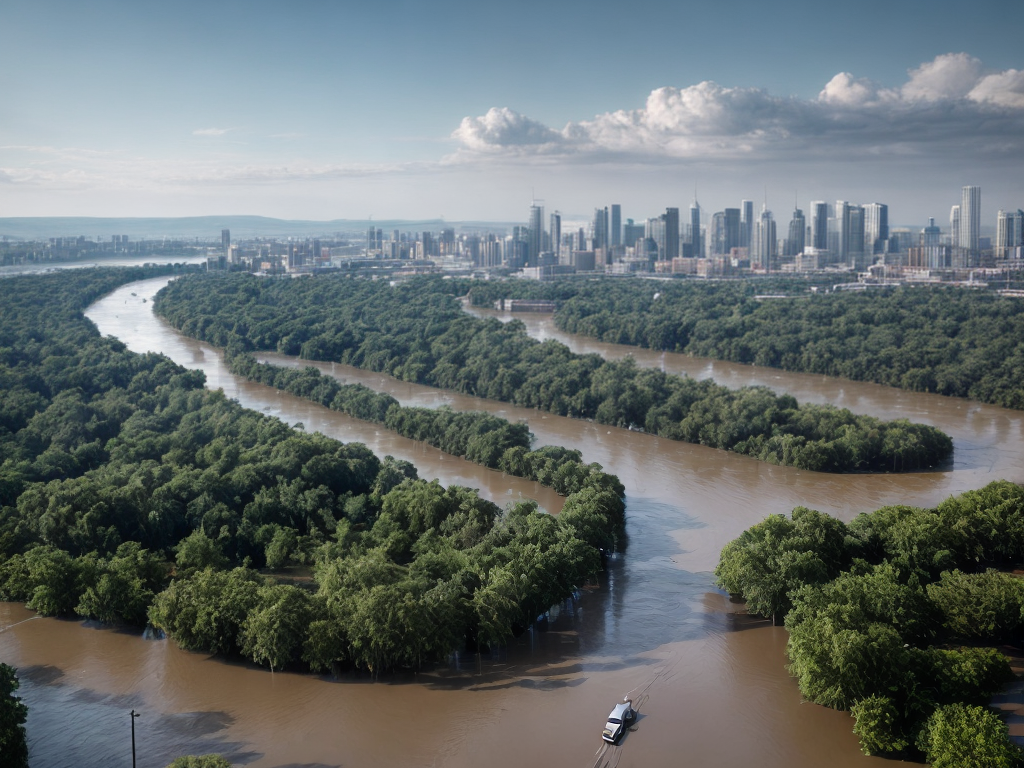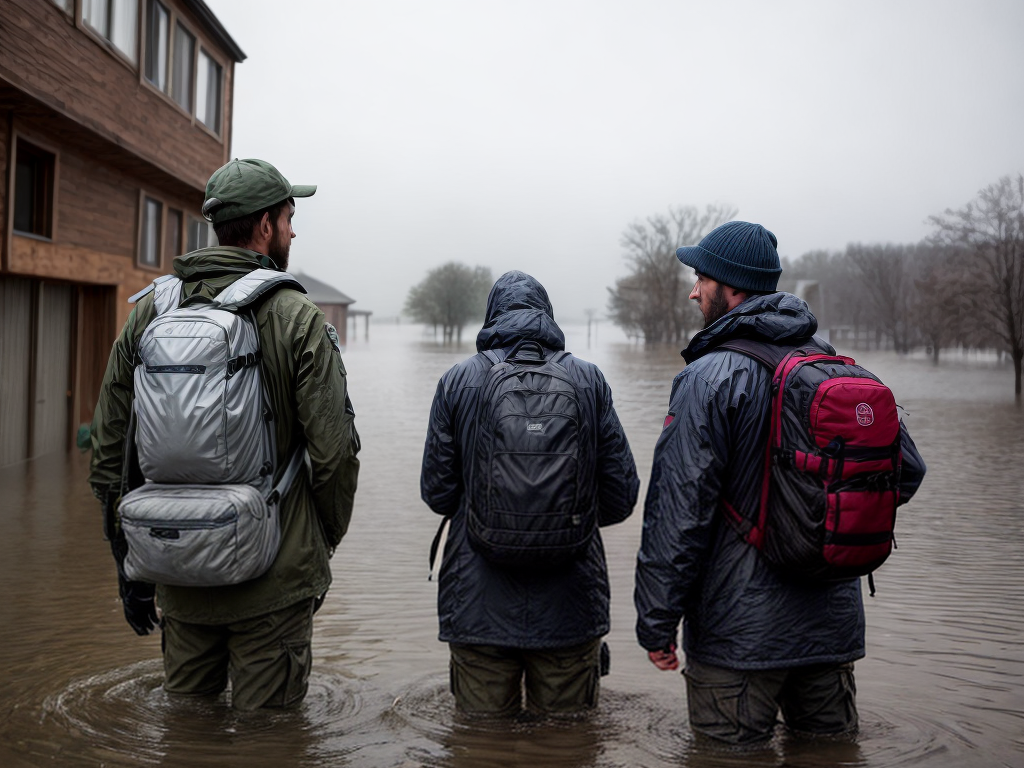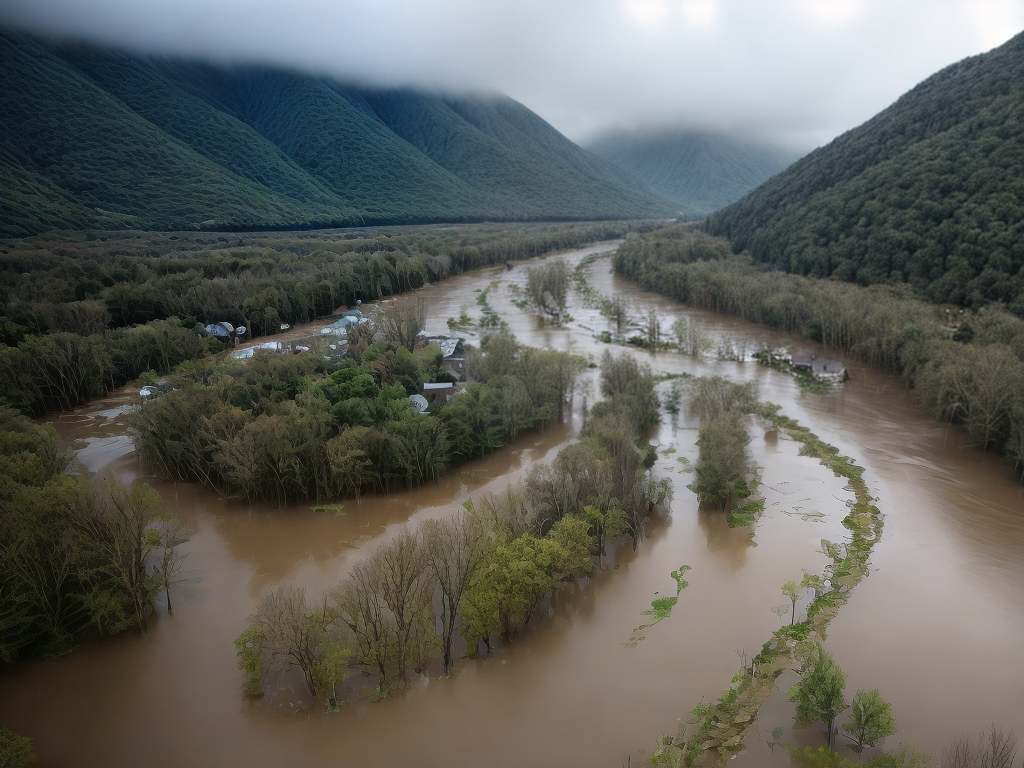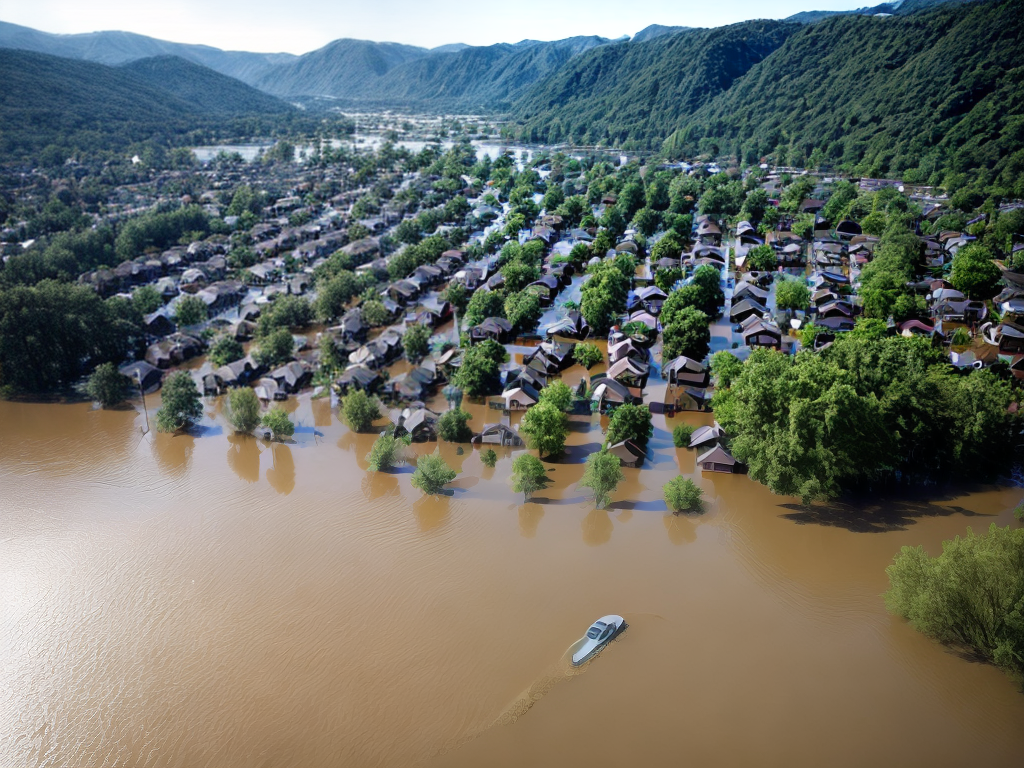In recent years, the world has witnessed an alarming increase in the frequency and intensity of floods. These devastating natural disasters have caused significant economic losses, displacement of populations, and loss of lives. As a result, there is a growing recognition of the need to shift from reactive approaches to proactive strategies in flood risk management. This article delves into the international policies and initiatives that prioritize prevention strategies, aiming to provide a comprehensive understanding of the measures being taken to mitigate the impact of floods globally.
Understanding the Urgency
Floods pose a considerable threat to communities and economies worldwide. The consequences of these events extend beyond immediate damage, affecting infrastructure, agriculture, and public health. Addressing the root causes of flooding and implementing prevention measures is crucial to ensure the long-term resilience of vulnerable regions.
The Current State of Flood Risk Management
Traditionally, flood risk management has been approached reactively, focusing on response and recovery rather than prevention. However, this approach has proven to be costly and unsustainable in the face of increasing flood events. Recognizing the need for a paradigm shift, international organizations and governments have begun prioritizing proactive strategies that emphasize prevention.
International Policies and Initiatives
United Nations Framework Convention on Climate Change (UNFCCC)
The UNFCCC plays a vital role in addressing the challenges posed by climate change, including the increased risk of flooding. Through various mechanisms and agreements, the UNFCCC aims to reduce greenhouse gas emissions and promote adaptation measures to minimize the impact of climate-related disasters.
The Paris Agreement
As a landmark international treaty, the Paris Agreement seeks to limit global warming to well below 2 degrees Celsius above pre-industrial levels. By mitigating climate change, this agreement indirectly contributes to reducing the risk of floods by preventing extreme weather events.
Sendai Framework for Disaster Risk Reduction
The Sendai Framework, adopted in 2015, focuses on disaster risk reduction and aims to substantially reduce the number of people affected by disasters by 2030. Flood risk management is a crucial aspect of this framework, emphasizing the importance of prevention, preparedness, and resilient infrastructure.
European Union Floods Directive
Within the European Union, the Floods Directive provides a comprehensive framework for flood risk management. It promotes a proactive approach by requiring member states to assess and map flood risks, develop flood risk management plans, and implement measures to reduce vulnerability.
The Dutch Approach: Room for the River
The Netherlands, a country known for its expertise in flood risk management, has implemented innovative strategies such as the Room for the River program. This approach involves creating additional space for rivers, allowing them to safely accommodate higher water levels during floods, thereby reducing the risk to surrounding areas.
Case Study: Japan’s Comprehensive Flood Control Measures
Japan, a country prone to frequent and severe flooding, has developed a robust system of comprehensive flood control measures. These include the construction of levees, reservoirs, and river channel improvements. Additionally, Japan has implemented advanced early warning systems and public awareness campaigns to enhance preparedness and response.
Conclusion
With the increasing threat of floods worldwide, it is imperative to prioritize prevention strategies in flood risk management. International policies and initiatives, such as the UNFCCC, the Sendai Framework, and the European Union Floods Directive, are driving the shift from reactive to proactive approaches. By implementing measures that focus on prevention, preparedness, and resilience, countries can reduce the devastating impact of floods on communities, economies, and the environment. It is essential for governments, organizations, and individuals to collaborate and work towards a more sustainable and flood-resilient future.

